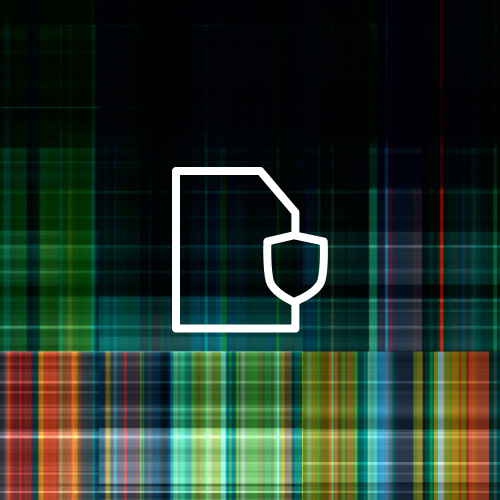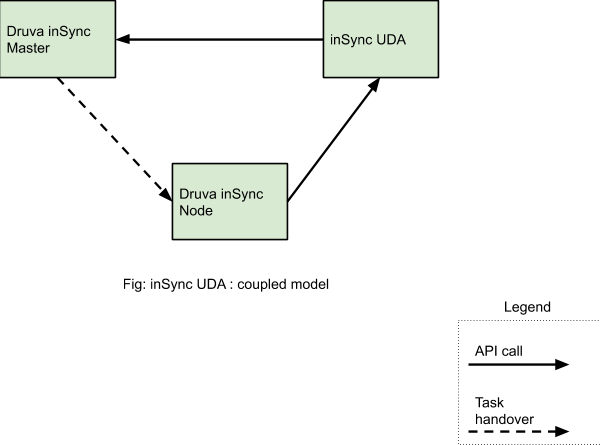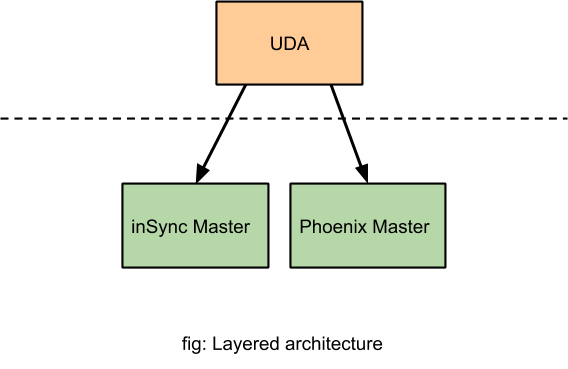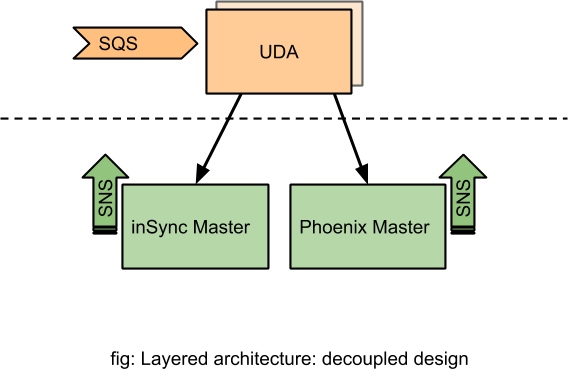Druva’s backup solutions were architected from the beginning to be cloud-native and built on AWS. Druva has built many applications on top of these cloud-native backup solutions which deliver additional value to customers; among these are solutions to help ensure customer cyber resiliency and resistance to ransomware. One of Druva’s new and innovative features to predict and prevent malicious attacks on customer data is Data Anomalies, formerly "Unusual Data Activity (UDA) detection."
In a typical attack, a malicious user or software modifies data in a suspicious manner on a device. This modification is considered a data anomaly, and Druva’s SaaS-based platform for protection and management across endpoints and cloud applications leverages anomaly detection to provide reports which help identify suspicious activity, such as:
- Large number of files deleted or added
- Unwarranted modification of files
- Suspicious encryption of files
The Data Anomalies feature was primarily available to customers of Druva's endpoint and SaaS apps protection as it had extensive dependency and coupling with the endpoint backup framework. In short, this means the following:
- The coupling was in the form of REST APIs. The workflow of backup finish, detection of anomalies and submitting the result back to Master service was done in a synchronous way. There was a two-way REST API communication between the Master service and the anomaly detection service.
- The endpoint backup framework is made up of multiple smaller services which facilitate the execution of backup and recovery functions, these include: syncer service, master config. server, backup manager service, API service, node service, storage service, and user portal service.





